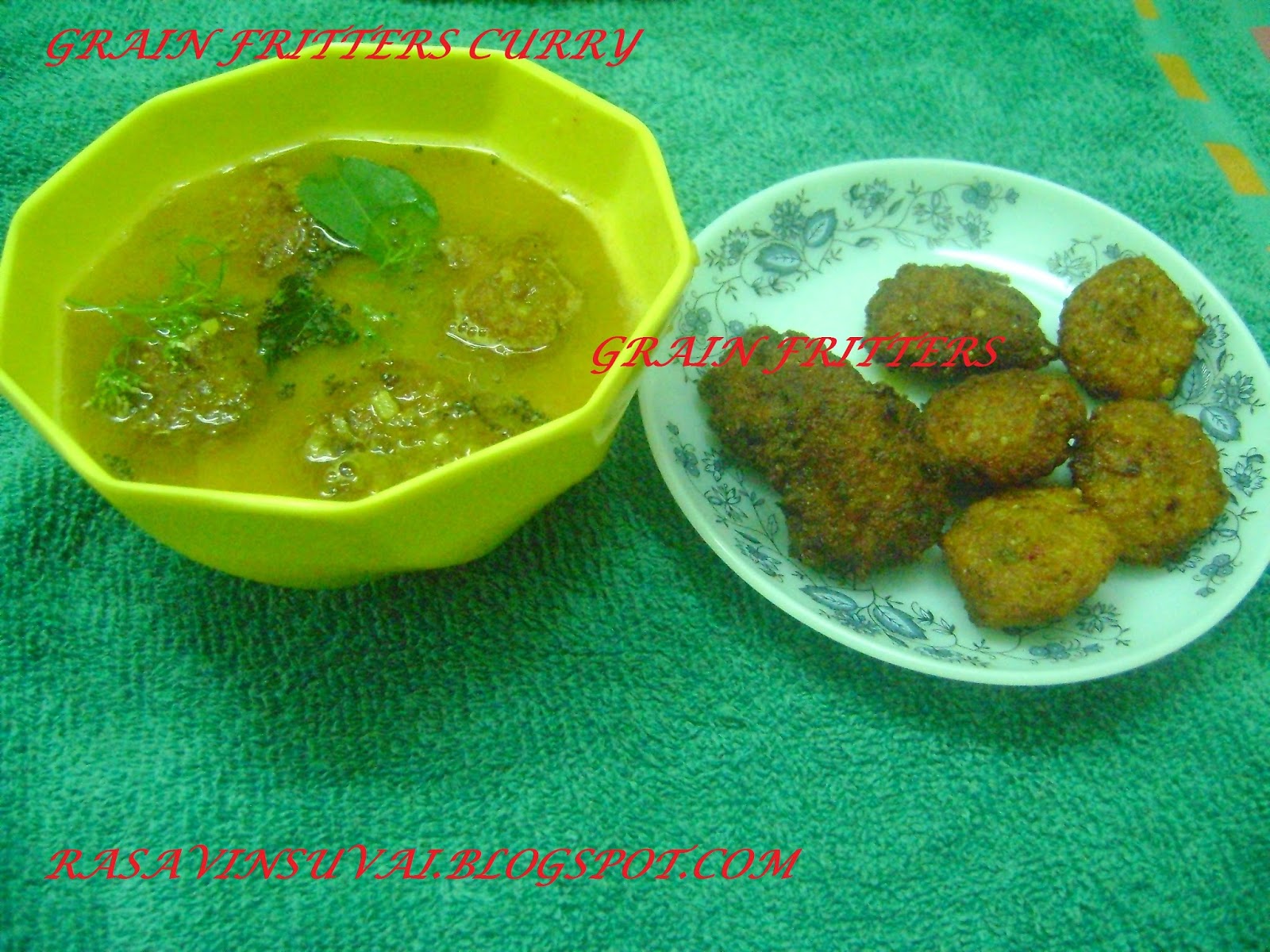Om namashivaya
Health benefits of Ajwain
- Ajwain seeds contain health benefiting essential oils such as thymol, a monopterone derivative class of chemical compound, which gives aromatic fragrances to seeds. In addition, they also comprise in small amounts other phyto-chemicals such as pinene, cymene, limonene and terpinene.
- The active principles in the ajwain may help increase the digestive function of the intestinal tract by increasing gut juices (gastro-intestinal secretions).
- Thymol, the essential oil obtained from ajwain has local anaesthetic, anti-bacterial and antifungal properties.
- Like caraway, ajowan seeds are rich in fiber, minerals, vitamins, and anti-oxidants.
Selection and storage
Ajwain is readily available in spice stores specialized in Indian or Middle-Eastern items. In general, whole ajwain seeds displayed for sale unlike in other spices such as dill, cumin, coriander, etc. Buy fresh, wholesome, compact seeds that give rich thyme like flavor when rubbed between fingers.
Once at home, store the seeds in an airtight container and place in cool dark place away from sunlight, and humidity. Generally, ajowan seeds should be used as early as possible since they lose flavor rather quickly, largely because of evaporation of essential oils.
Medicinal uses
- Ajwain seeds have long been used in traditional ayurvedic and unani medicines for various ailments. Extraction obtained from this spice is sometimes used as carminative in treating flatulence and indigestion.
- Thymol's germicide and antiseptic properties utilized in many cough remedies. In India, the seeds are used to ease asthma.
- Ajwain seed oil has the highest percentage of thymol. (Medical disclaimer).
Culinary uses
Ajwain seeds mainly feature in savory Indian, Pakistani, and Middle-Eastern cooking. In order to keep the fragrance and flavor intact, ajowan seeds generally crushed just before preparing dishes and added to the cooking recipes at final stages. This is because prolonged cooking results in evaporation of essential oils.- In Punjab province of India and Pakistan, the spice seeds particularly added to make bread known as ajwain paratha.
- Some Indian vegetarian bean/lentil and chicken/fish curries contain this spice and in the Middle East, it is used to flavor meat and rice dishes.
- The seeds used generously as condiment in snacks, spicy biscuits, to flavor drinks, soups, sauces in India.
- They also used in pickling along with fenugreek, mustard seeds, turmeric, etc.
Safety profile
Since ajwain seeds induce gut secretions, they may exacerbate existing stomach ulcer/ulcer bleeding conditions.In addition, recipes prepared using this spice may be avoided in individuals with liver diseases, ulcerative colitis, and diverticulitis conditions. (Medical disclaimer).









